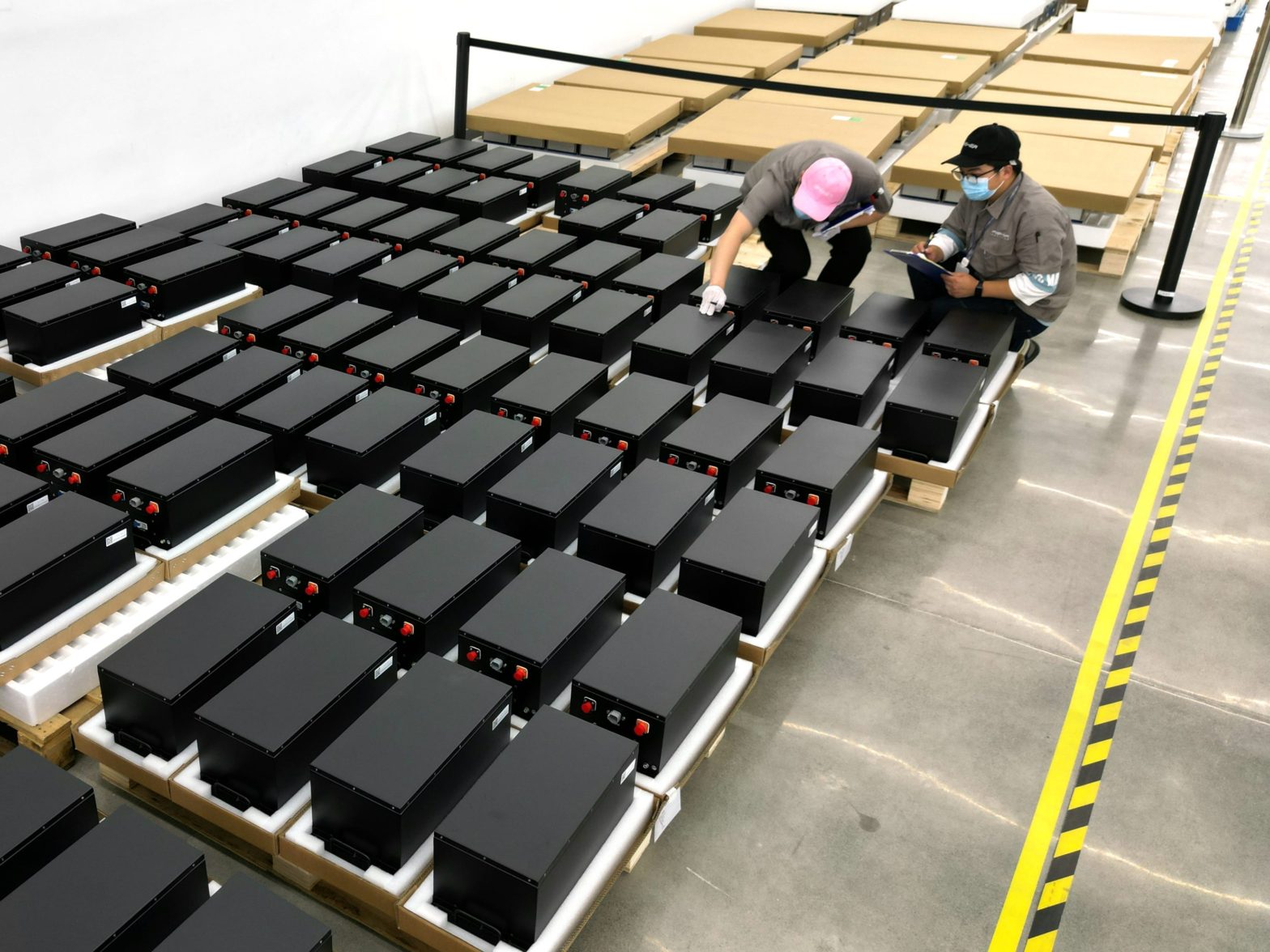A dearth of key metals important for future technologies will prevent countries from meeting the Net Zero global emissions target by 2050, says Bank of America. The bank has identified 27 so-called MIFTs including lithium, cobalt and copper. Miners need to nearly double investment to address shortages of these key metals. Loading Something is loading.
Global climate ambitions set in the landmark Paris Accord will be knocked off course if shortages of key raw materials persist and the mining industry doesn’t ramp up investment, Bank of America said Wednesday.
The agreement reached in 2015 between nearly 200 countries to drastically cut down greenhouse-gas emissions had a target to limit global warming to 1.5 degrees Celsius by 2050 in the pursuit of Net-Zero emissions.
“Mined raw materials are key to the energy transition but a dearth of many metals important for future technologies (MIFTs) is putting Net Zero at risk. The world is only slowly waking up to this threat,” Michael Widmer, head of metals research at Bank of America, said in a note from the bank’s commodities research team.
The bank identified 27 MIFTs — including lithium, cobalt, manganese, iridium, molybdenum and copper, and nickel and aluminum — with uses ranging from energy storage to powering electric vehicles and wind applications.
A global warming limit level of 1.7 to 1.8 degrees Celsius looks likely based on current resource endowment and market balances. “One solution to resolving shortages and constraints, as ever, lies in investment.”
The mining industry may need to nearly double capital expenditures to $160 billion a year for the world to hit the Net Zero goal by 2050. Global mining capex averaged around $99.5 billion per year in the past decade, it said.
“This may sound expensive, but from a financial standpoint, boosting investment in MIFTs could be highly rewarding,” said Widmer, noting the United Nations estimates adaption expenses of $140 billion to $300 billion per year by 2030 in developing countries alone.
“Based on the mining CAPEX required to achieve Net Zero, although this may simplify it a bit, the return on that investment could be somewhere between +94-317%. So, moving towards Net Zero would require investment in mining, but this would potentially save on adaptation costs.”
BofA said China stands out as the largest producer of many critical resources, raising some concerns over supply risks. The country is the largest producer of cadmium, gallium, graphite, iridium, and other metals.
A Bank of America chart shows figures for global mining capital expenditures. Bank of America Deal icon An icon in the shape of a lightning bolt. Keep reading
More: MI Exclusive metals Emissions Paris Accord Chevron icon It indicates an expandable section or menu, or sometimes previous / next navigation options.
